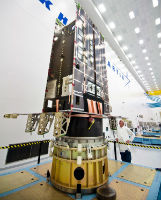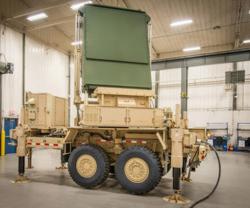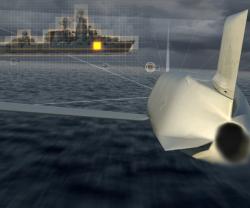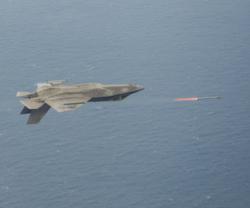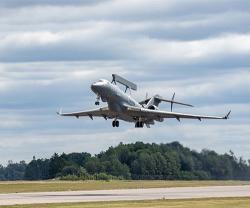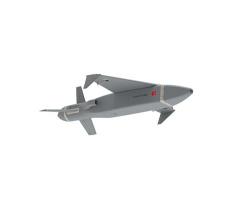The milestone is a key indication that the GPS III team is on track to deliver the first satellite for launch availability in 2014.
In Lockheed Martin’s new GPS Processing Facility (GPF), engineers successfully powered on the GNST with major elements of its Navigation Payload to include advanced atomic clocks for improved GPS accuracy, and the Mission Data Unit, the heart of the GPS III navigation payload. The test was completed in advance of integrating the full Navigation Payload Element, which is scheduled for delivery to the GPF this fall.
The GPS III program will affordably replace aging GPS satellites while improving capability to meet the evolving demands of military, commercial and civilian users worldwide. GPS III satellites will deliver better accuracy and improved anti-jamming power while enhancing the spacecraft’s design life and adding a new civil signal designed to be interoperable with international global navigation satellite systems.
“This milestone is yet another example of how the GPS III program is reducing risk early to facilitate affordable, efficient and timely satellite production in the future,” said Lt. Colonel Don Frew, the U.S. Air Force's GPS III Program Manager.
Incorporating lessons learned from previous GPS programs, the Air Force initiated a “back-to-basics” acquisition approach for GPS III. The strategy emphasizes early investments in rigorous systems engineering and industry-leading parts standards to significantly reduce risk, improve production predictability, increase mission assurance and lower overall program costs. These investments early in the GPS III program are designed to prevent the types of engineering issues discovered on other programs late in the manufacturing process or even on orbit.
“The GNST is the cornerstone of the Air Force’s “back-to-basics” acquisition approach, and this milestone demonstrates that GPS III is on track and the acquisition strategy is working,” said Keoki Jackson, Vice President of Lockheed Martin’s Navigation Systems mission area.
“The Air Force’s early investment in meticulous parts standards and rigorous systems engineering will significantly reduce per unit production costs and ensure mission success,” he added.
As production progresses on the first GPS III satellite, the team has already benefited from lessons learned on the GNST. Early efficiencies identified include:
- 50-80% reductions in labor hours and defect rates between similar activities on the GNST and the first space vehicle.
- Identification of tens of millions of dollars in cost savings for the production satellites based on process improvements recognized during GNST integration and test.
“As we continue learning lessons on the GNST and move into full scale satellite production, we expect to continually streamline our processes and reduce per unit costs,” Jackson said.

